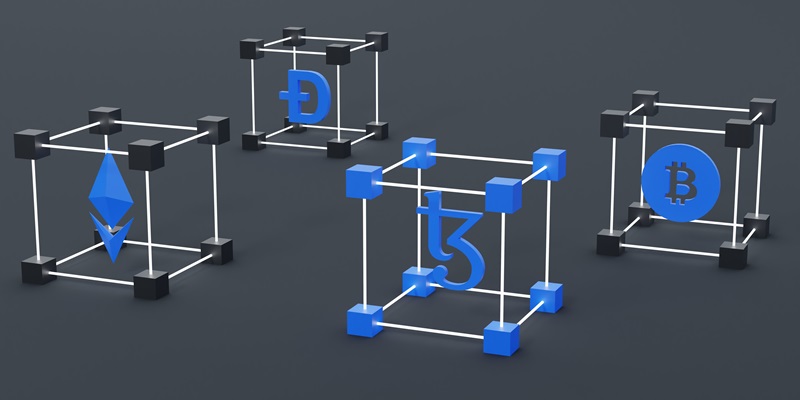Blockchain technology has gained widespread popularity across various industries for its robustness and inherent security features. However, no system is entirely foolproof, and there have been instances where blockchain technology was compromised. This article aims to delve into these incidents and extract valuable lessons that can help strengthen security in the blockchain industry.
The DAO Incident
The DAO incident back in 2016 serves as a stark reminder that while blockchain itself may be robust, vulnerabilities can exist at higher levels of the technology stack. The exploit in the smart contract code resulted in the loss of millions of dollars in digital assets. This incident highlights the importance of conducting thorough code audits and ensuring rigorous security practices at every level of blockchain development.
The Mt. Gox Hack
The infamous Mt. Gox hack in 2014 remains one of the largest cryptocurrency exchange breaches in history. It revealed the risks associated with trusting centralized entities to safeguard digital assets. Customer funds were stolen due to poor security measures and potential internal vulnerabilities. This incident underscored the need for improved security protocols and raised concerns about the dominance of centralized exchanges in the cryptocurrency ecosystem.
The Parity Multi-Sig Wallet Hack
The Parity multi-sig wallet hack in 2017 demonstrated the critical importance of thoroughly auditing smart contracts and adopting robust security practices. A software bug allowed an attacker to exploit the wallet’s code and freeze millions of dollars’ worth of Ethereum. This incident highlighted the need for continuous code auditing, rigorous testing, and the adoption of security best practices to prevent such exploits in the future.
The Binance breach
The Binance breach in 2019 exposed the vulnerability of user accounts on cryptocurrency exchanges. Hackers bypassed security measures and gained access to user API keys, enabling them to withdraw funds from affected accounts. This incident served as a reminder to users and exchanges alike about the criticality of employing robust security measures to safeguard user accounts, such as two-factor authentication and IP whitelisting.
The Bitfinex Heist
The Bitfinex hack in 2016 resulted in the loss of approximately 120,000 bitcoins, highlighting the vulnerabilities associated with centralized exchanges. The breach occurred due to poor security practices and insufficient safeguards to protect customer funds. The incident sparked a wave of concern and led to increased scrutiny of centralized exchanges, with an emphasis on promoting decentralized alternatives.
Vulnerabilities Beyond the Blockchain
The instances of compromised blockchain technology reinforce the understanding that vulnerabilities can exist beyond the core blockchain layer. It’s crucial to conduct thorough audits and adopt enhanced security practices throughout the technology stack to mitigate risks.
Risks Associated with Centralized Entities
The Mt. Gox and Bitfinex hacks shed light on the risks of relying solely on centralized exchanges. These incidents compelled the industry to explore decentralized alternatives like decentralized exchanges and decentralized finance (DeFi) platforms, which offer greater control over personal funds and reduce reliance on central authorities.
Rigorous Code Auditing and Security Best Practices
The Parity multi-sig wallet hack underscored the importance of rigorous code auditing and implementing security best practices in blockchain development. Regular audits, thorough testing, and adherence to established security guidelines can help prevent potential exploits and protect users’ assets.
Securing User Accounts
The Binance breach highlighted the significance of securing user accounts on cryptocurrency exchanges. Strong password policies, two-factor authentication, withdrawal restrictions, and constant vigilance against phishing attacks are essential to protect user funds. Exchanges must prioritize user account security as an integral part of their operations.
Swift Response and Ongoing Security Efforts
Binance’s swift response to the breach demonstrated the robustness of the cryptocurrency industry in addressing security incidents. The incident also served as a reminder that security is an ongoing process, requiring continual efforts to stay ahead of evolving threats and emerging vulnerabilities.
Instances of blockchain compromise serve as valuable lessons for the industry, emphasizing the need for robust security measures at every level. By recognizing vulnerabilities beyond the core blockchain technology, promoting decentralized alternatives, implementing rigorous code auditing, securing user accounts, and maintaining ongoing security efforts, the blockchain industry can continue to mature and inspire trust among users and businesses alike. Through these lessons, we can pave the way for a more secure and resilient future for blockchain technology.

